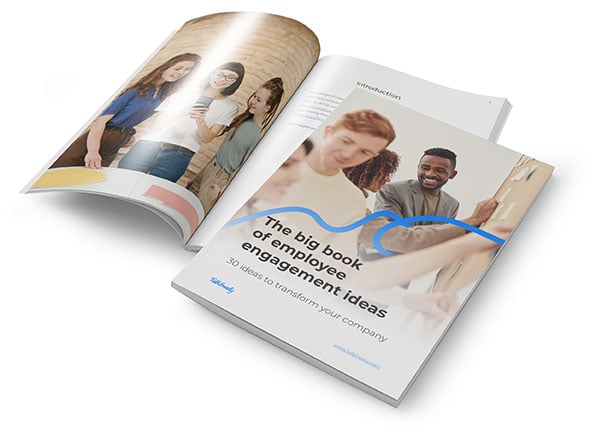If innovation is difficult for an individual, it should follow that it will be easier for a company. However, with many projects on the go at once and conflicting demands for time and resources, the reverse is often the case.
In a recent post at Innovation Excellence, Jeffrey Phillips discusses the difference between the individual inventor or entrepreneur and the corporate innovator. He identifies four major reasons why corporate innovation is inherently more difficult;
- Past business success
- Defensive attitudes
- Inflexible decision making systems
- Allocation of resources and priorities
Phillips suggests that each of these four reasons can act as barriers to corporate innovation, as they often don't apply to the single-project focused inventor or entrepreneur.
Past success is a potential barrier because it reinforces a certain way of working or product, and reduces the willingness to take risks. As Phillips says; "The more successful a firm has been, the more difficult innovation, especially disruptive innovation, may become."
Defensive attitudes come from the same root cause, where companies prefer to preserve existing customers than take the risk of acquiring new ones in new markets.
Inflexible decision making may be a barrier when the corporate structure requires lots of different departments to be in agreement before any project can move forward. As Phillips explains: "Imagine the innovation team trying to convince the development teams to build a new product, the IT teams to change software to support the new product, and training the sales and marketing teams to launch the new product."
Allocation of resources is always going to be an issue in the corporate environment, and indeed judgements on whether to take ideas forward are often based purely on ROI. As Phillips says, "Executives… prefer projects with a high degree of probability for return, which leads to incremental solutions getting the funds"
Stop juggling, start delivering: the benefits of an innovation management system
An innovation management system won't ever fully remove these barriers but it can certainly reduce them significantly. Past business success can be traced through the innovation process, which will more often than not prove that the very success the company enjoys today was the disruptive innovation of last year. Equally, defensive attitudes can be eroded by citing historic 'audit trails' within the innovation management system, showing how past innovation has been creating new markets and generating new customers.
Inflexible decision-making is definitely reduced by an organisation-wide innovation culture that lies at the heart of the whole business, not as a separate department. When innovation, engagement and cooperation is encouraged across a business, there is reduced opportunities for 'them and us' moments in the progress of an idea.
Use rating to set priorities
However, resource allocation and project priority might be more of an issue when the final decision lies with management. Here again an open and transparent innovation management system can utilise rating systems to help managers identify projects with popular support. Chances are, the more groundswell of interest and agreement on any given idea, the more likely it is that the champion or manager of that idea will be able to prove to the cheque book holders of its worth.
Which brings us back to the corporate innovator’s juggling act. Idea management in the corporate world is like juggling a bowling ball, a chainsaw and an egg at the same time. It's not impossible, but it is tricky.
An innovation management system provides the systems and the potential to identify, plan for and deliver diverse projects. With practice, your staff and managers can become highly skilled at using the system to deliver sustainable result. And once innovation management become an acquired skill, then watch your business fly!
Topics:
Innovation Management







